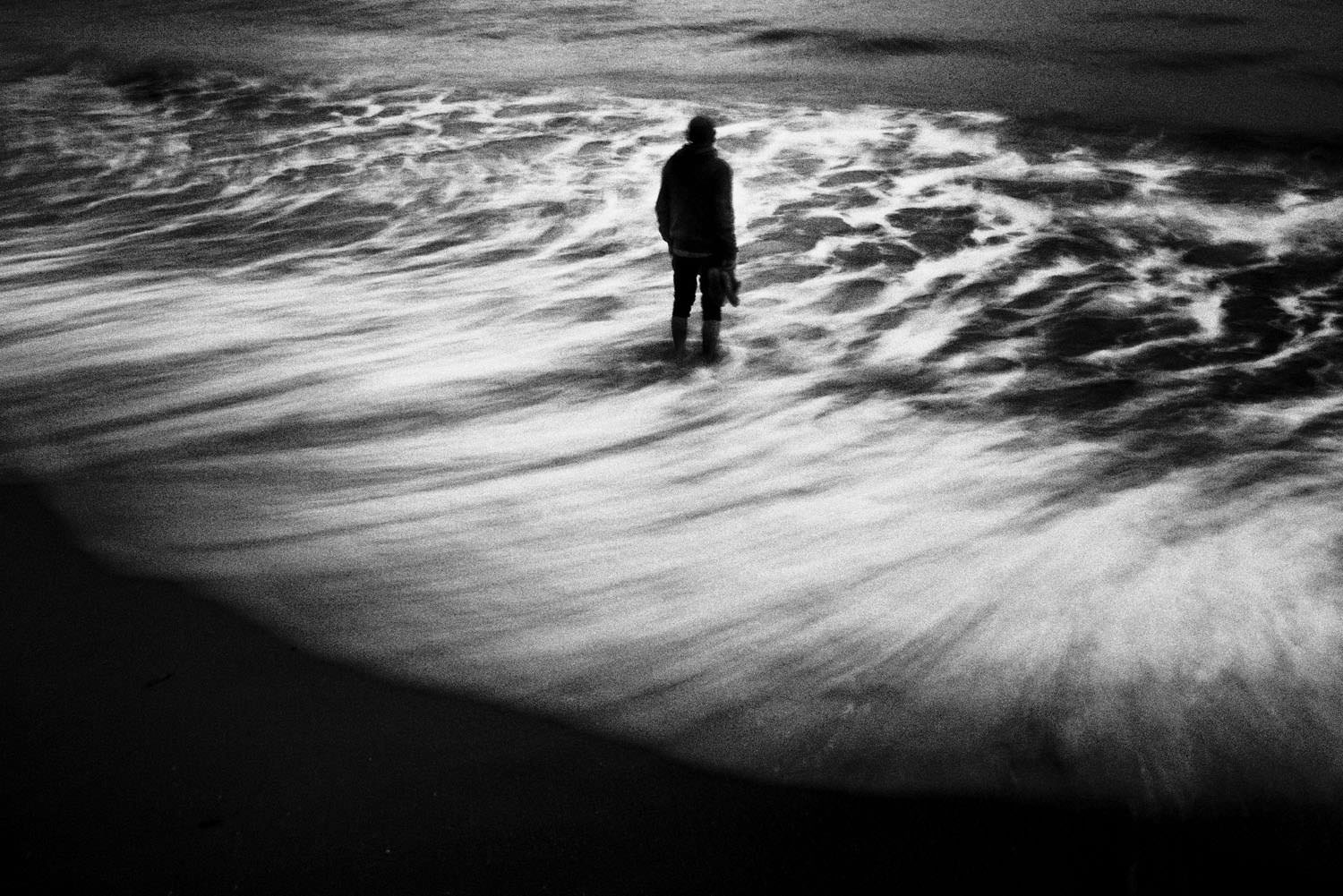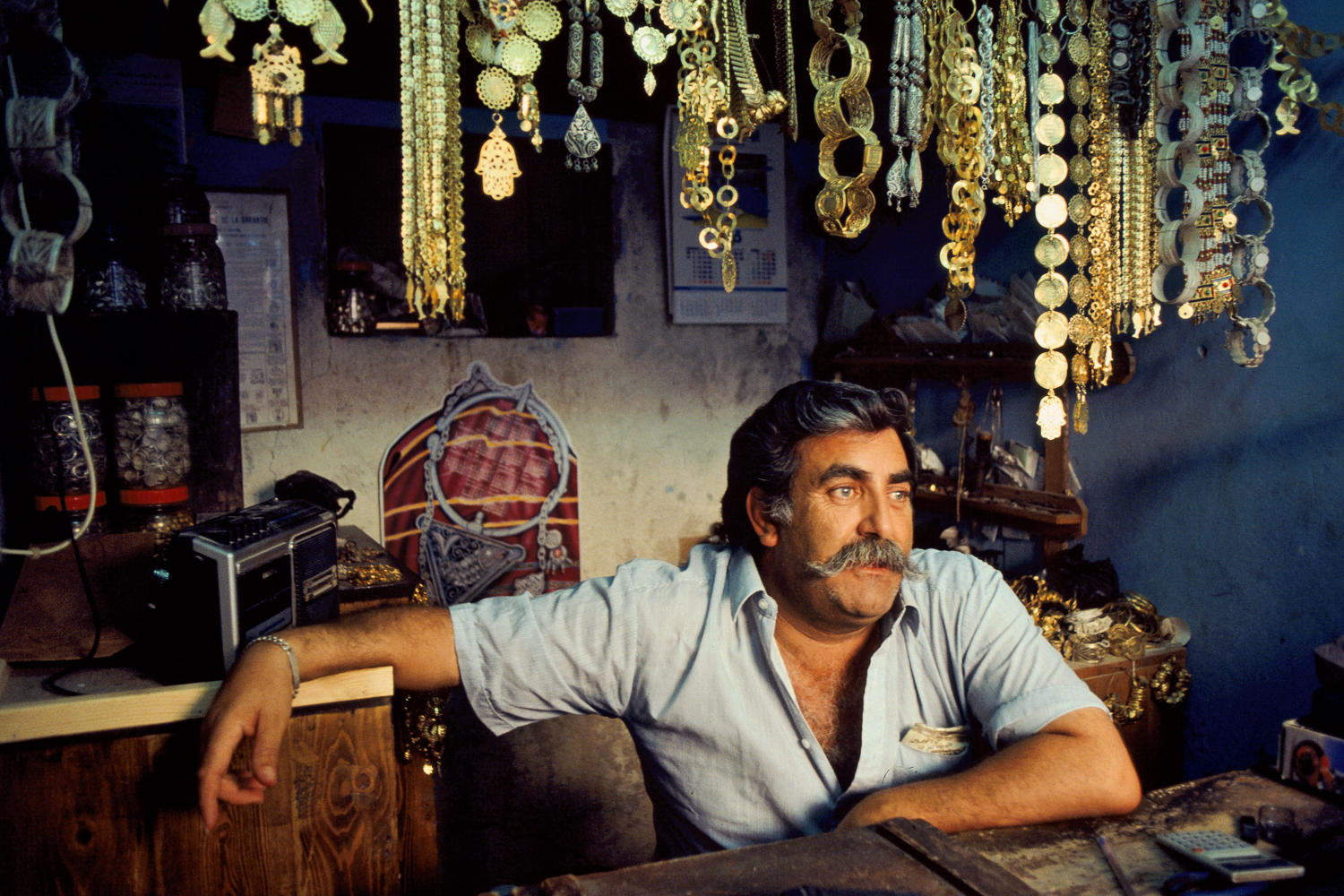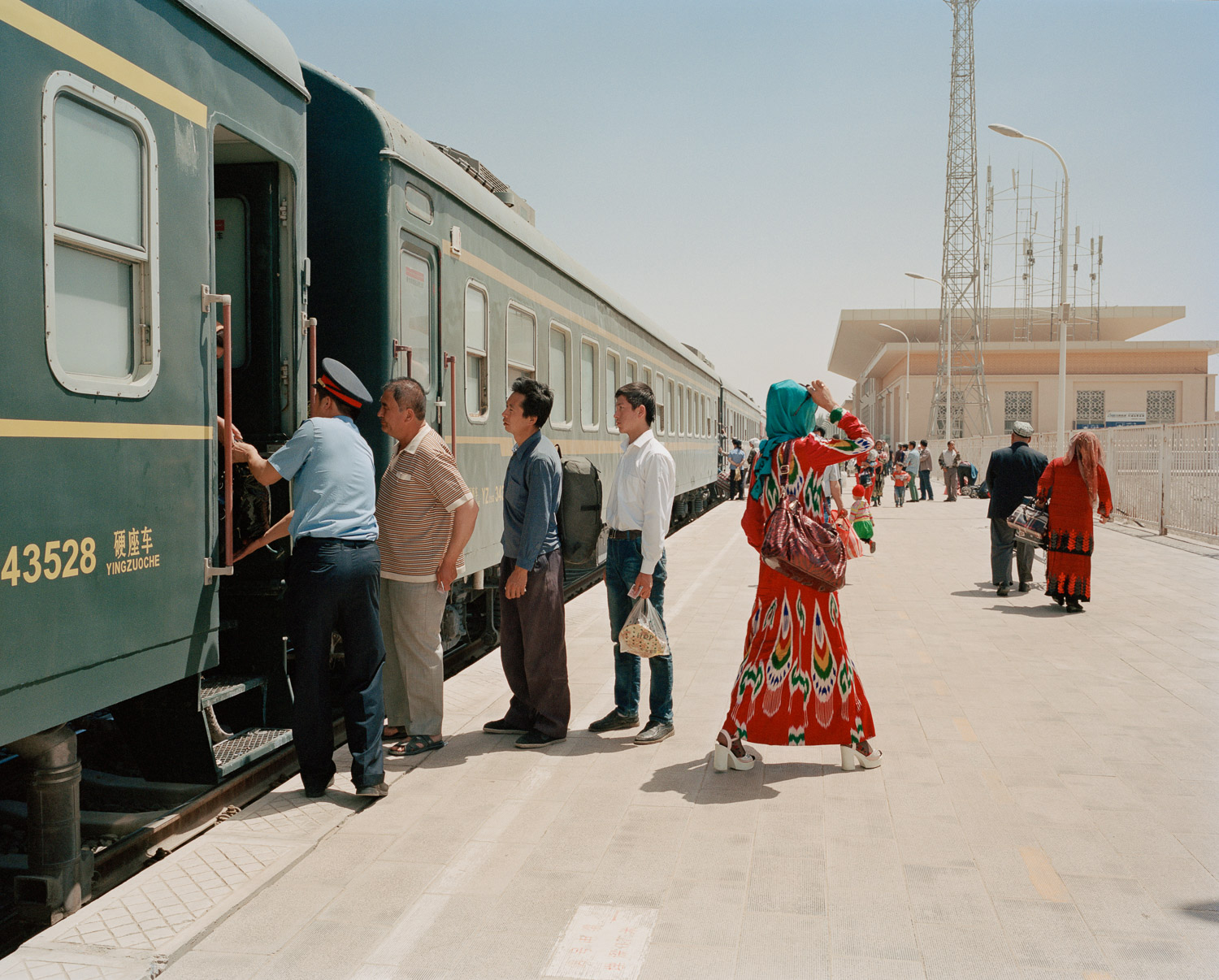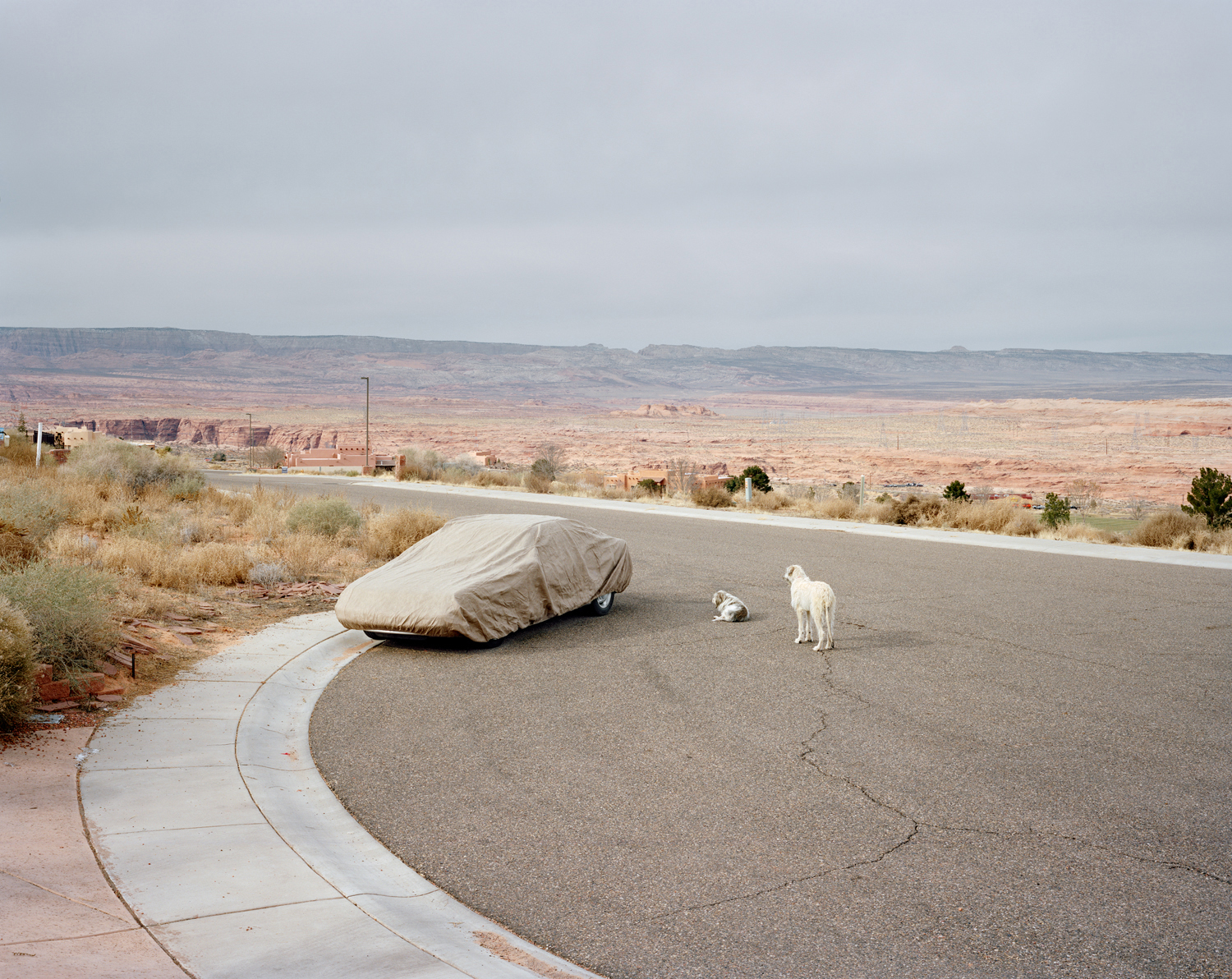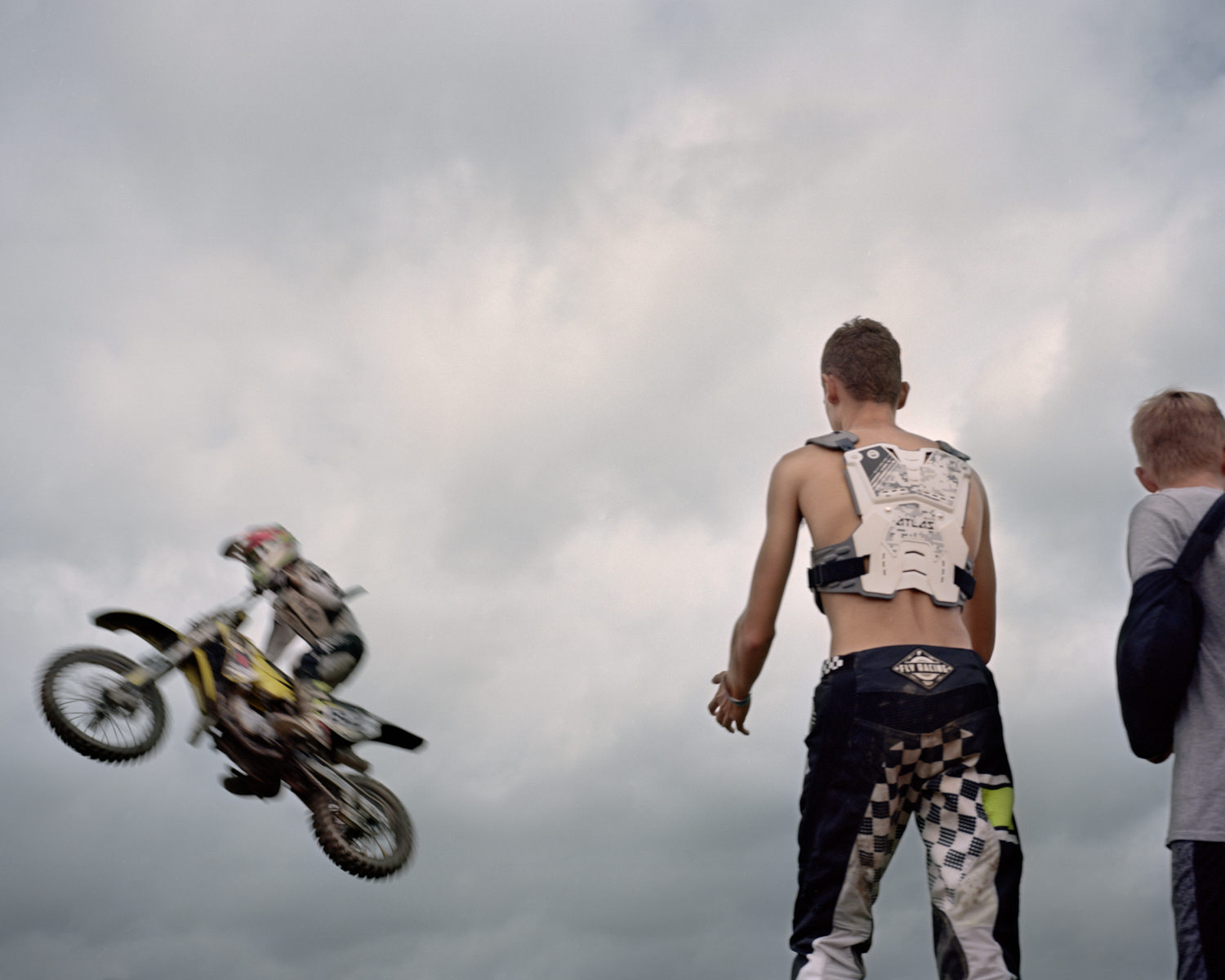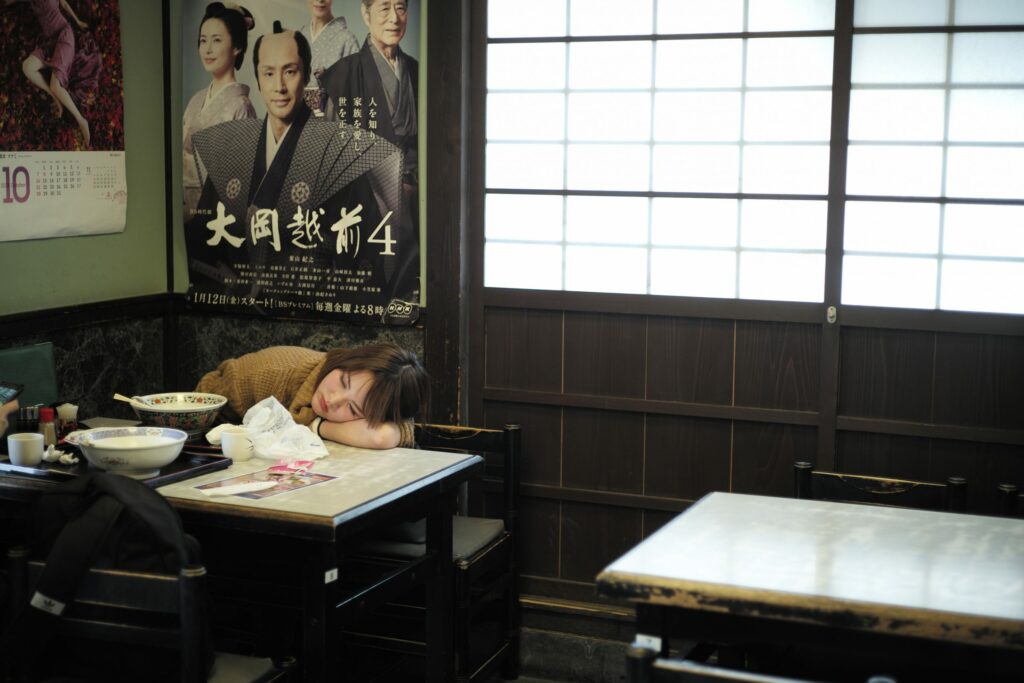
What triggered the initial idea of this project?
I chose to go to Japan to lose my bearings and come face-to-face with a culture very different from my own. Japanese culture appealed to me: its cinema, literature, cartoons… In terms of photography, I really like the work of Issei Suda, for example. I had just finished my North End photographic series and felt I needed to break away from a certain ease of looking. I was in danger of repeating myself, repeating gestures I’d learned over the last few years in European cities. I succeeded because, on my first trip in 2016, I took very few photographs!
I was completely lost and when I came back, I didn’t think I’d be able to continue this project. I looked at my contact sheets only two months later and realized through one or two photographs that there was something that intrigued me about the Japanese countryside. I went on my first trip with the desire to challenge my relationship with the Other. I had no pre-established intentions. At the time, I was working as a manufacturer in a publishing house, and it was necessary to leave at a low point in production when the end-of-year books were being made. I aim to build a singular universe, which, by assembling the photographs together, forms a coherent vision. It’s not a travel diary, nor a documentary, but rather the elaboration of a purely photographic narrative without any prior concept.
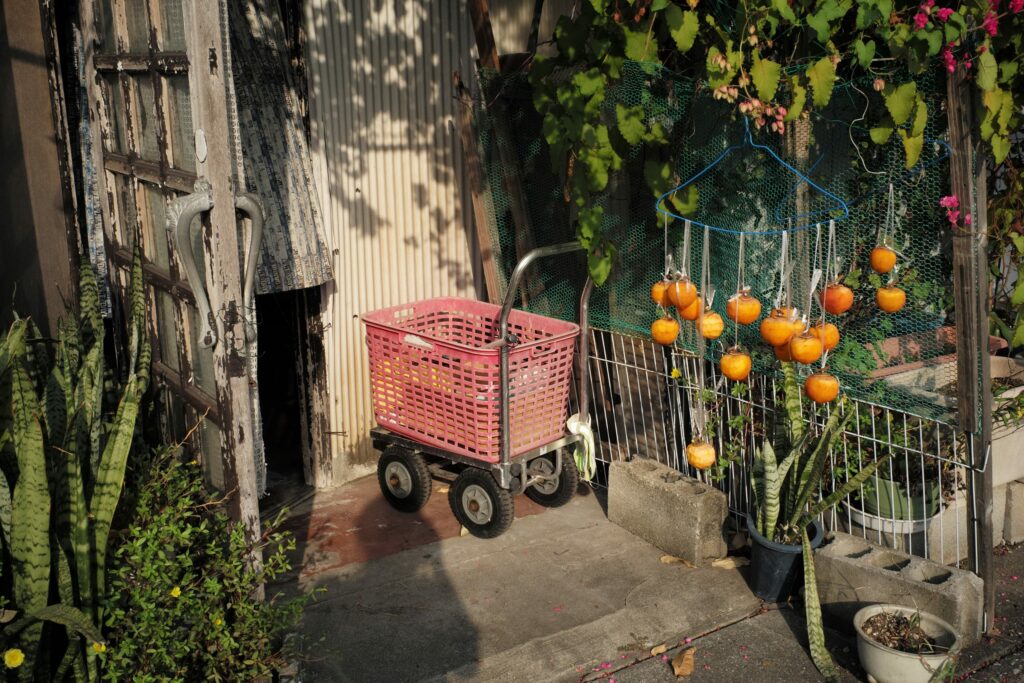
« I developed a different way of photographing people in the street. First I photographed them, and then I went to talk to them. »
How did your initial concept evolve, and were there any unexpected turns or discoveries that significantly shaped the trajectory of your work in Japan?
My street photography changed radically in Japan. I didn’t understand the emotions on the faces of the people I met, except for a certain surprise, and sometimes a reproving look. Faced with this, and also out of fear of disrespect, I began to look elsewhere, photographing buildings, cast shadows, and a certain abstraction of form. As the days went by, I developed a different way of photographing people in the street. First I photographed them, and then I went to talk to them. These voluntary encounters enabled me to defuse the aggressiveness inherent in otherness; I had of course tried to get them to pose before, but it was impossible to get them to stop posing with their fingers in a V-shape. It was this double constraint that enabled me to develop my work.
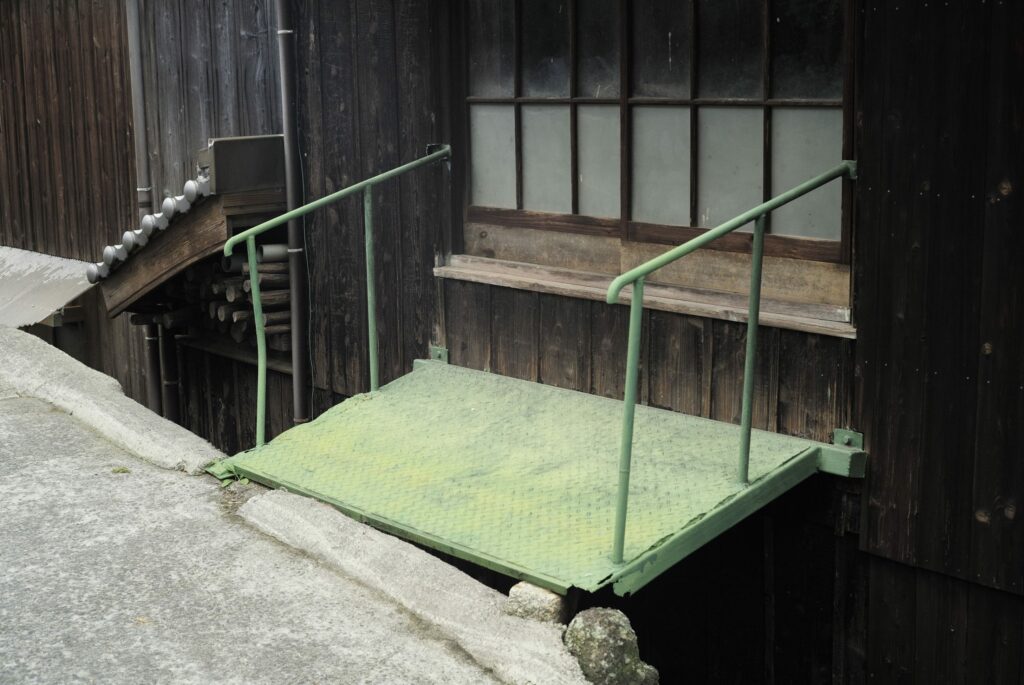
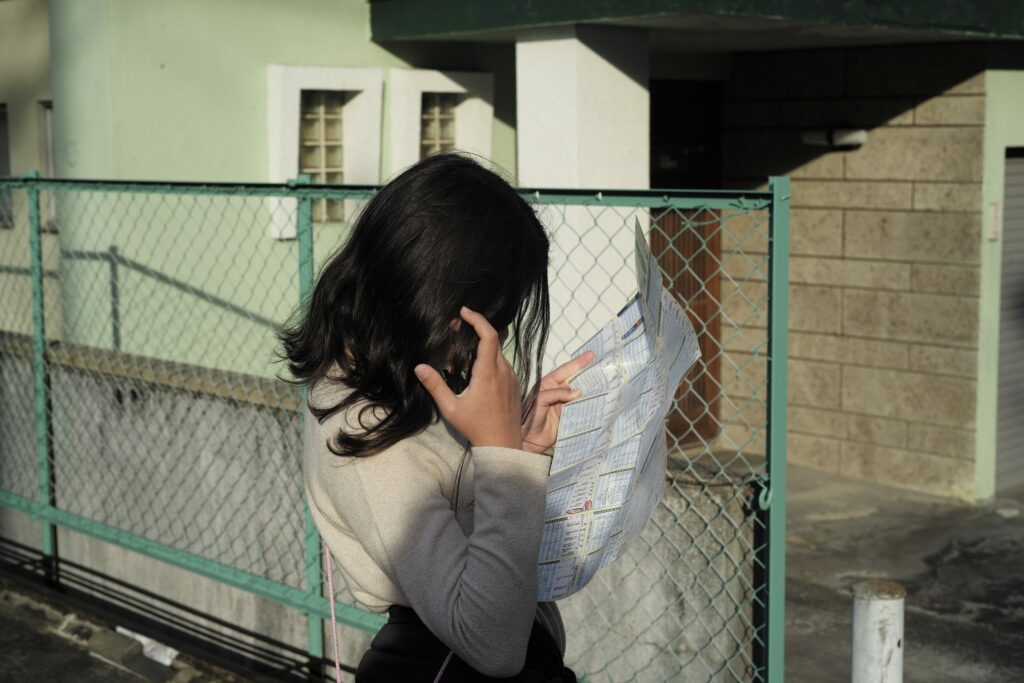
In terms of artistic exploration, did you have a specific aesthetic or narrative vision in mind when you began the project?
As I’m a very intuitive photographer, my vision evolves according to the location and culture of the country I’m in. The abstraction of some of the images in the Far East has a lot to do with the incomprehension I sometimes feel in Japan, and the difficulty of sharing events or emotions at the moment. I’m thinking, for example, of Sakurajima, an active volcano, and the cloud of ash that gradually darkens the sky (first image in the book). I didn’t understand at the time whether there was anything to be afraid of, and nobody seemed to react. On my return, I saw the film « I Wish » by Hirokazu Koreda, in which the son, Koichi, goes to live with his grandparents. When he arrives, he is astonished by the lack of reaction from the locals to the volcano eruptions, while he is frightened by them.
I was also very sensitive to the vernacular architecture; ultra-modernity mixed with the old. It was a great surprise when I arrived. Houses can look like mountain cabins or chalets, and be in the middle of very modern neighborhoods. This juxtaposition is extremely charming. This example can be applied to many things over there. Their cultural singularity remains very strong, especially when you visit the countryside.
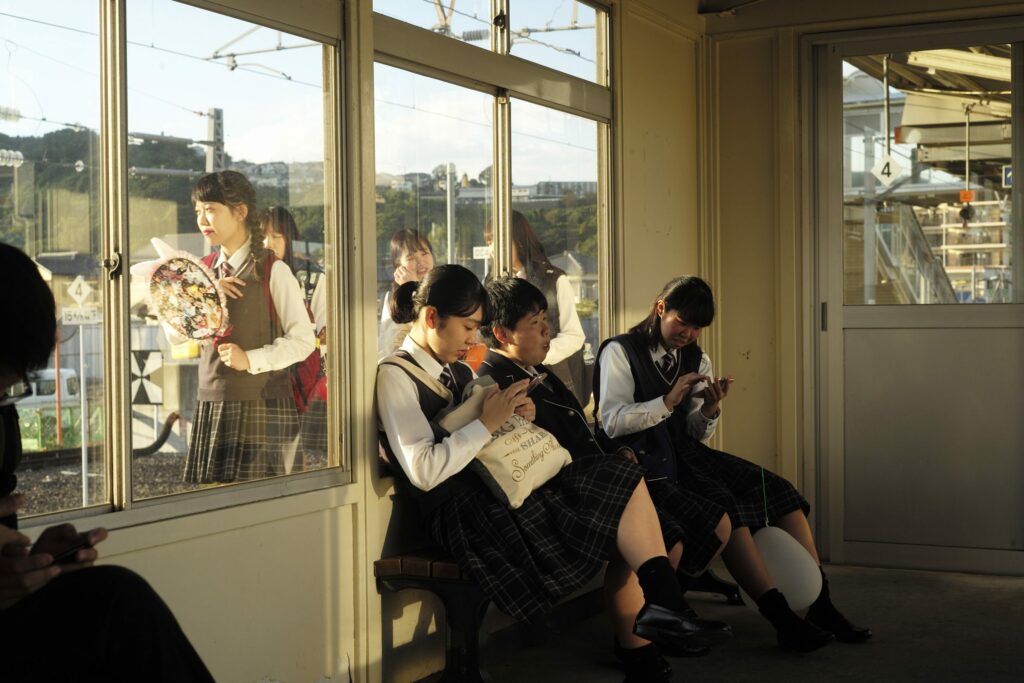
« This constraint gives me energy and forces me not to ask myself too many questions when I’m there. »
How did you stay inspired throughout the four years, and were there any particular milestones or achievements that fueled your commitment to the project?
I moved from region to region on each trip, although my starting point was almost always the city of Osaka. Each trip has been a voyage of discovery, going further and further south, to Kagoshima and the Sakurajima volcano, for example. In 2019, I even rented a car for 5 days to get around the island of Shikoku. I don’t have much time for my practice, as I’m salaried year-round. I think this constraint gives me energy and forces me not to ask myself too many questions when I’m there.
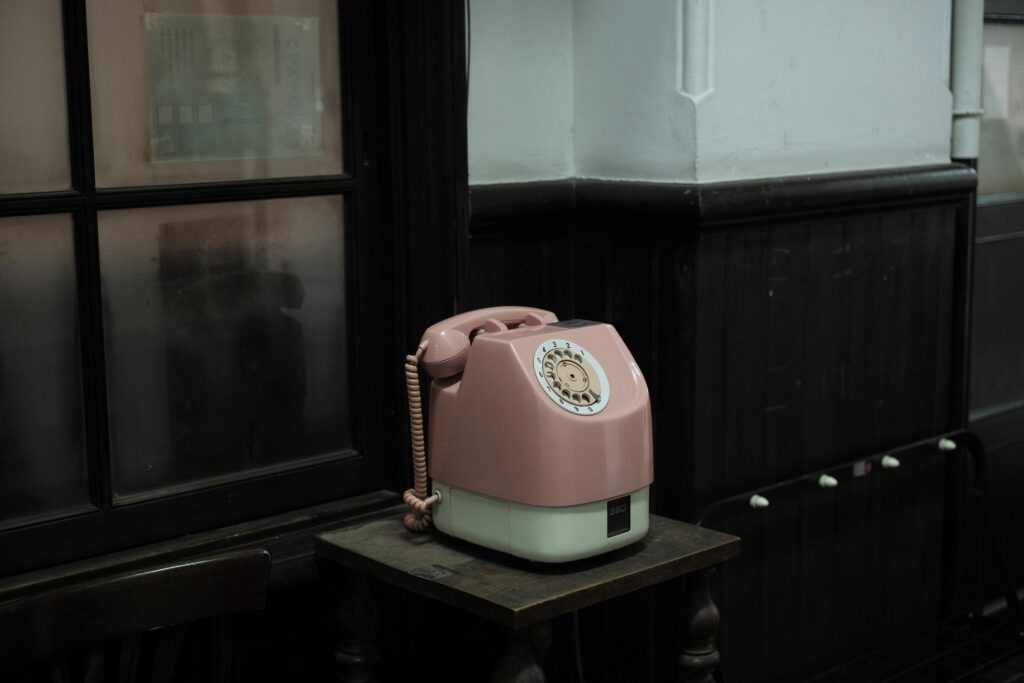
As far as the economic aspect of the project is concerned, did you obtain any grants, sponsorships, or collaborations to support your photographic journey to Japan?
I’m a full-time employee, which enables me to finance part of my work. However, I did receive assistance from the City of Lyon and the French Institute in 2017 for my second stay. I also received production support from the CNAP for the exhibition in 2022. I also traveled a lot by « TER » train, which is cheaper than fast trains, and I often slept in youth hostels, thus reducing my travel costs. It’s also important to mention that I travel light.
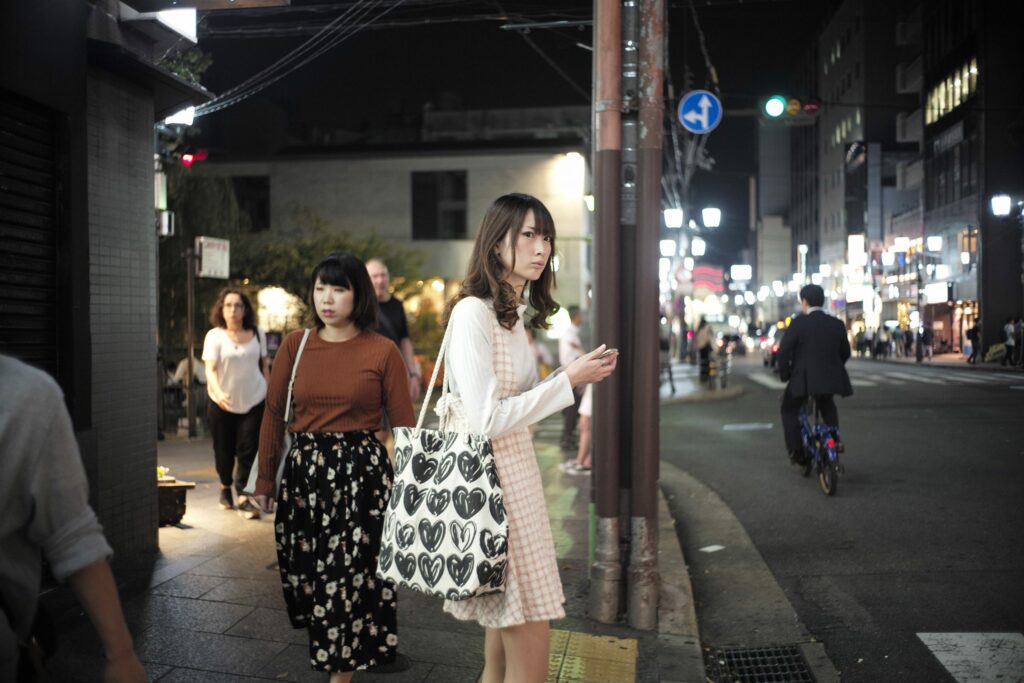
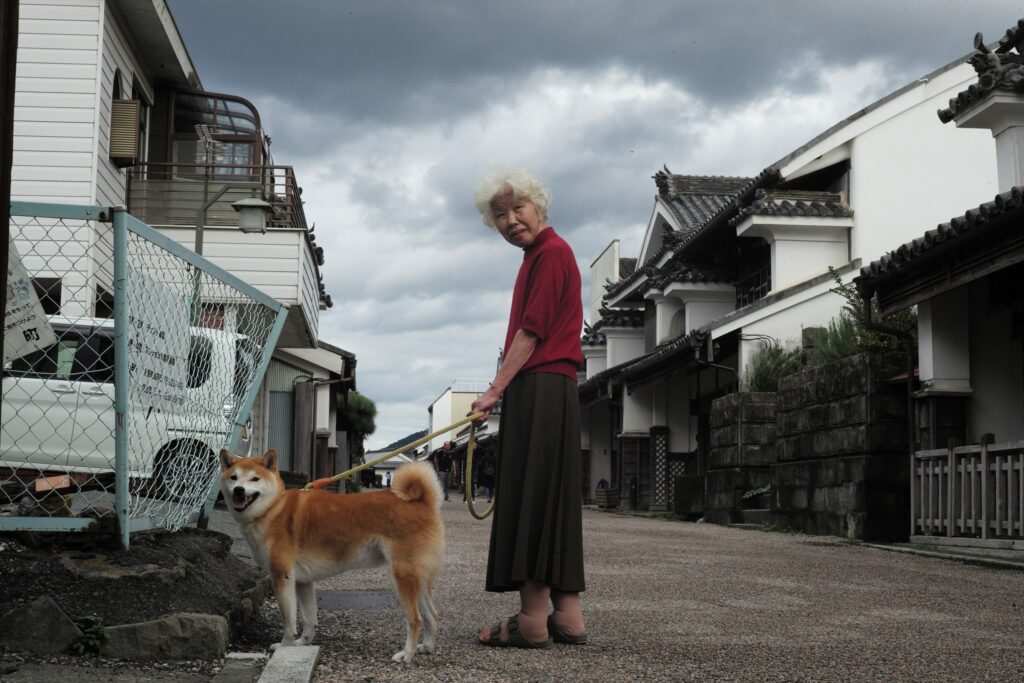
The idea of capturing the same white light that makes colors explode is intriguing. Did you have this idea before or did you realize it along the way?
I discovered this white light on location. It’s a bit like having a studio softbox overhead. It’s very different from the light we’re used to in Europe, powerful and crystalline at the same time. It draws very strong shadows and is certainly linked to the autumn season. Looking again at Issei Suda’s photographs, I discover the same attachment to shadows. I hadn’t noticed it before, because he works in black and white. I noticed that this phenomenon intensified in the last days of October. But I didn’t find out any more than that, and I didn’t change my itinerary accordingly either. I travel by chance, looking at train stations, and available accommodations, and quickly imagined itineraries and the territories I want to cross. Logistics are worked out day by day.
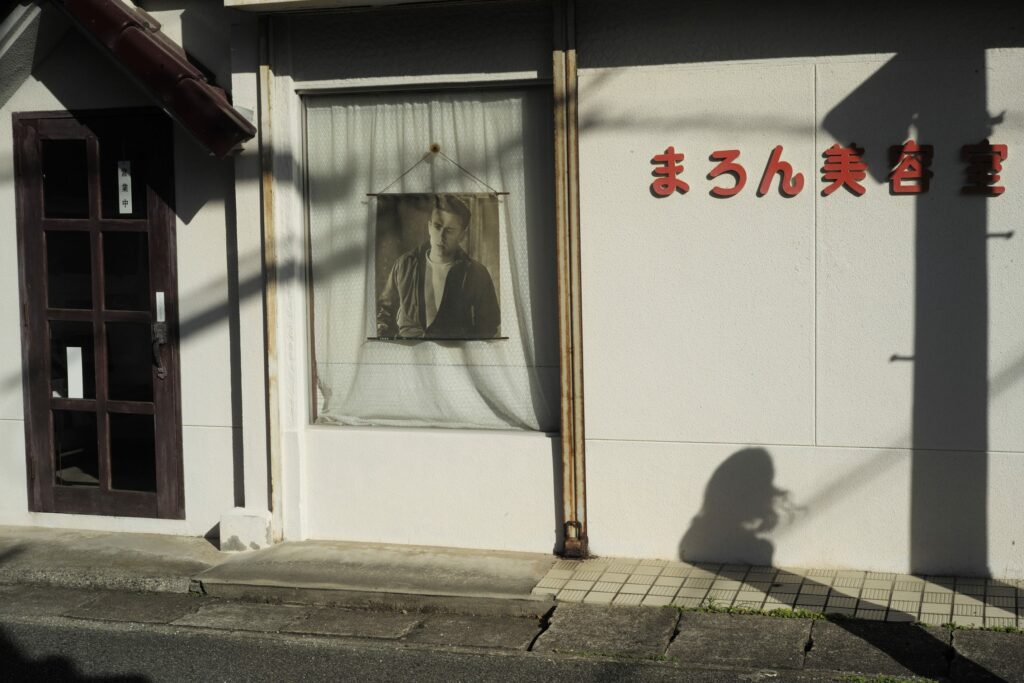

Can you tell us about the equipment you used and the specific technical considerations you made to ensure the coherence of your project?
When I started this project, I started with a film camera, my Leica M7. I had about twenty rolls of film, I’m not sure. As I didn’t take many photographs, confused by my surroundings, I didn’t have any problems. The following year, I left with two cameras, the Leica M7 and the digital Leica M9 I had just acquired (after a first test in 2016 during my last trip to England). During this trip, I tried to mix the two practices, but it was almost impossible. With film, you accept the latency that takes you through to development; you don’t think about the photographs you’ve made during the day, and each day continues with an almost unconscious mental construction. With digital technology, we look at the day’s shots every evening and draw up a first frame with a pre-selection.
You then have to set off with a computer and hard drives. Still a bit of a novice in this practice in 2017, I brought along an iPad and Wifi transfer system. When I got back, I realized that I’d lost half my files during the transfers. Just like when you lose films or make a mistake in developing them, it is a real blow. I then left with my computer. The switch to digital certainly also influenced these little shifts in my writing.
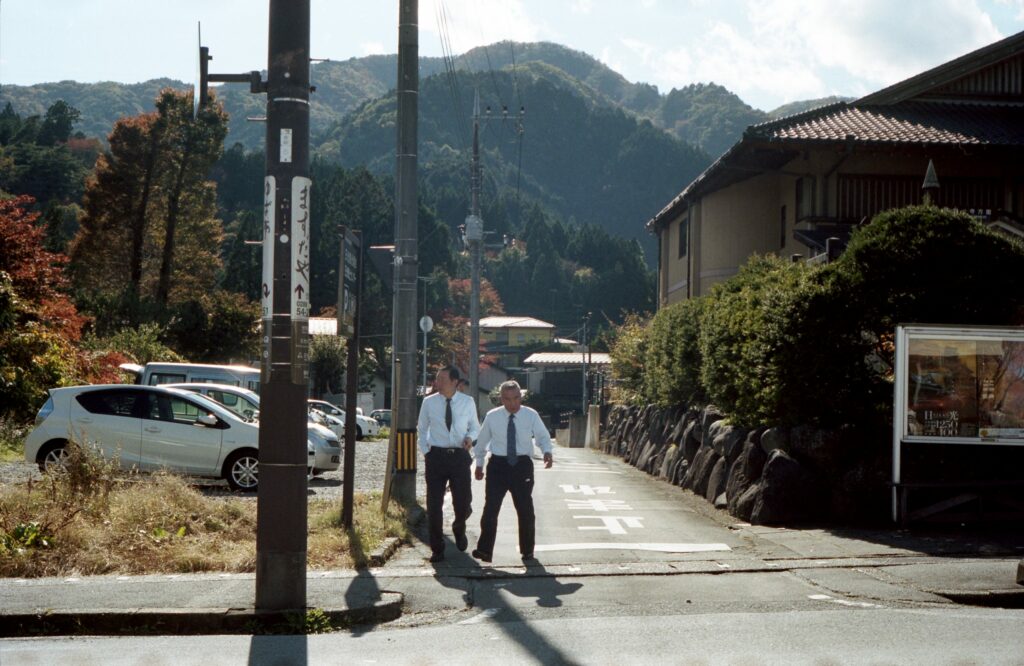
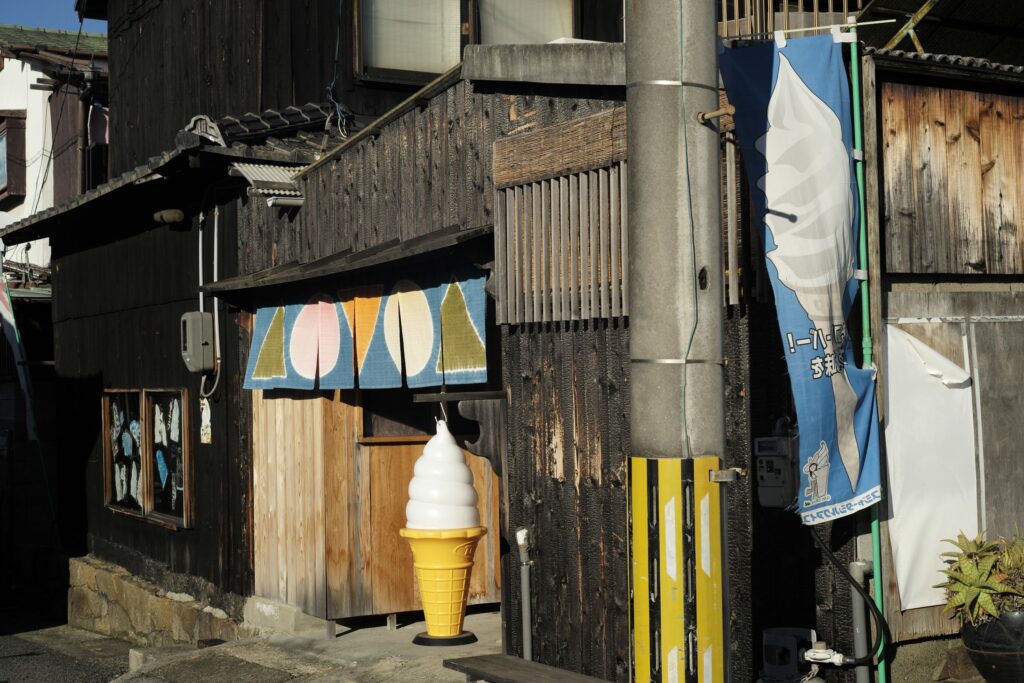
5 books you recommend that you think are worth seeing?
Italia o Italia, Federico Clavarino, Edition Akna
Redheaded Peckerwood, Christian Patterson, Mack
Issei Suda, Only Photography
And the photographers I’ve published, as a publisher at « Actes Sud »
This end of the world will still have given us some beautiful sunsets, Julien Gester, Actes sud
Ground noise, Céline Clanet, Actes Sud
Interview by Kalel Koven
Photographer’s Links: Website – Instagram
Book « North End » – Book « Failles Ordinaires » – Book « Far East » – Book « Chêne Pointu, Clichy-sous-bois »

